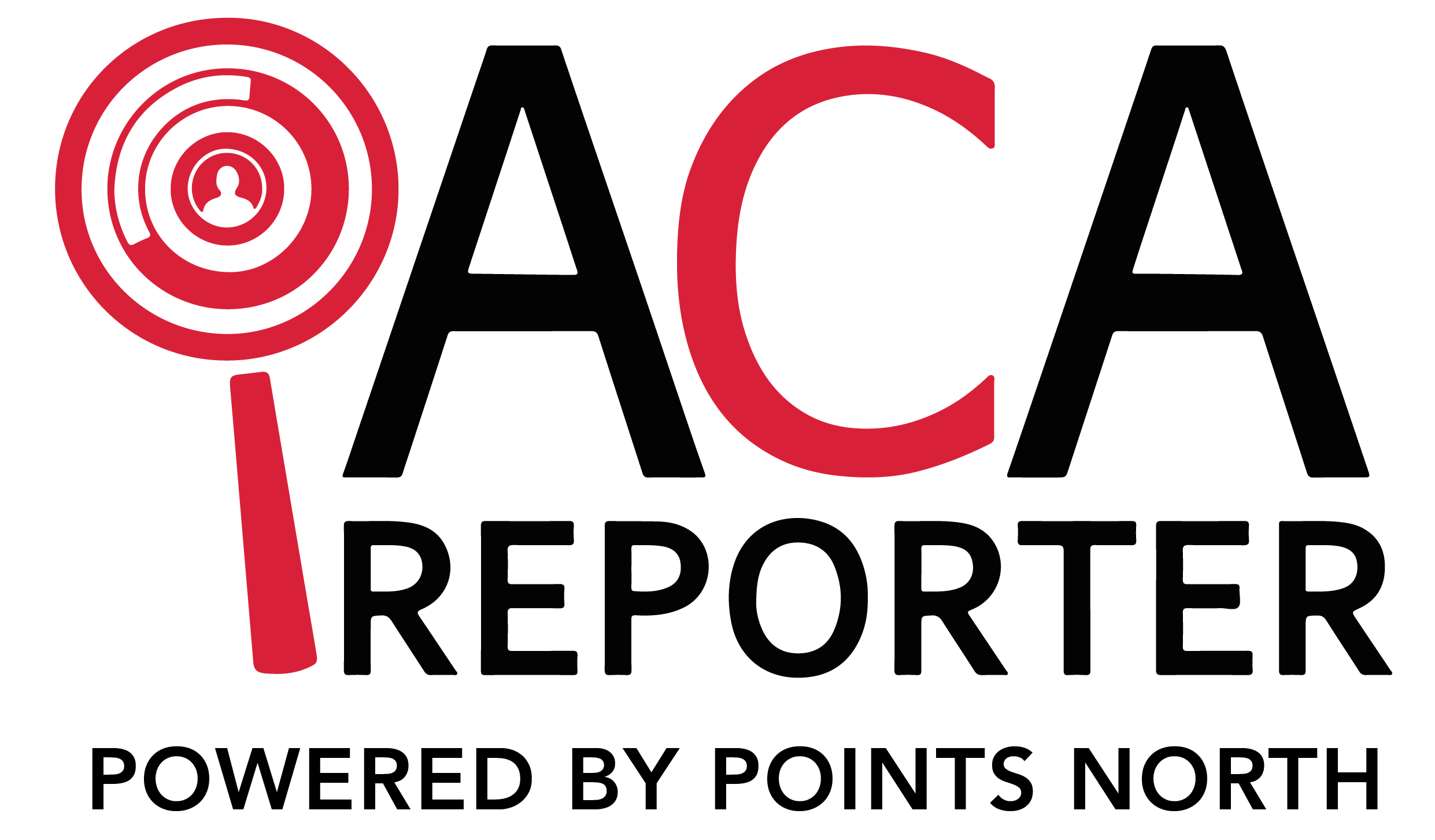Are you an Applicable Large Employer (ALE)?
This is a question every business owner needs to ask themselves. According to the Affordable Care Act (ACA), larger companies must report ACA data to the government on an annual basis. Should an ALE fail to comply, they might be subject to penalties from the IRS.
As such, you should know whether your business qualifies as an ALE. But what counts as a large employer? And how do you determine whether your business is included in this category?
Below, we'll go into everything you need to know about being an ALE. Keep reading to learn more!
What Is an Applicable Large Employer?
An Applicable Large Employer is a term used by the ACA to denote businesses that should provide healthcare coverage to their employees. These companies also need to report data to the ACA on an annual basis.
The ACA defines an ALE as a company that has at least 50 full-time employees or full-time employee equivalents (FTEs). FTEs are a group of two or more employees whose combined schedules reach 30 hours per week or more. So, if you have two employees who work 15 hours each, you have one FTE according to the ACA.
The ACA doesn't require ALEs to have all those employees or FTEs all the time. Instead, they look at the average number of full-time workers within a given year. Usually, the average number of workers over the previous year dictates whether you are an ALE.
ALE requirements for businesses that haven't been in business for a year remain a little vaguer. For these companies, the ACA wants businesses to consider how many employees they expect to work on business days.
Do You Need to Offer Healthcare Coverage?
Many business owners wonder whether they need to offer healthcare coverage to their employees. According to U.S. law, the answer is no.
While it's not against the law to not offer healthcare coverage, ALEs face penalties if they don't provide the proper coverage. ALEs that don't provide health insurance face a $2,700 shared responsibility payment per full-time employee or FTE.
The IRS adjusts the payment on an annual basis, and the amount given above is for the calendar year 2021. Check the IRS website if you need information for other years.
Because of these payments, most large businesses find it worthwhile to offer healthcare coverage.
What Qualifies as Adequate Coverage?
Still, not all coverage meets ALE requirements. To avoid paying tax penalties, you need to offer minimum essential coverage (MEC).
Minimum essential coverage constitutes any healthcare plan certified by the Healthcare Marketplace (available on healthcare.gov). Insurance plans offered through large and small group markets in a state also count, as do grandfathered plans.
Often, these plans provide basic medical coverage. Other forms of coverage, such as dental and vision plans, might be available under the healthcare plan you offer. Still, these do not qualify as MECs if they are offered separately from healthcare plans.
Affordable Coverage
Employers must also make coverage affordable for every employee to whom it's offered. Many healthcare plans cost hundreds of dollars per employee each month, so this can get tricky. Still, businesses accomplish this in a few ways.
First, they get a group plan. This reduces the monthly cost of the insurance. Under some group plans, employees have the opportunity to choose between different policies. This ensures your workers get plans that best match their personal needs.
Next, your business can either pay the employee's full premium or split the cost with the worker. In the latter case, the employer takes an agreed-upon amount out of the employee's paycheck and uses it to pay for the insurance.
Regardless of which option you choose, you should inform your employees of how much their insurance will cost them. That way, the employee can make an informed decision about enrolling in the plan.
What Do You Need to Report to the IRS?
As an ALE, what do you need to report to the IRS every year?
You need to identify yourself as an ALE, report all employees to whom healthcare coverage was offered, and for how long the offer lasts. To do this, you should fill and distribute Form 1095-C to each of your employees. After the form has been filled out, file it with the IRS, along with Form 1094-C.
Form 1095-C provides the IRS with information on your employees and the healthcare coverage offered to them. The employee is not mandated to accept the offered insurance. Still, ALE employers must offer coverage to at least 95% of their full-time or FTE workers to avoid the shared responsibility payment.
Form 1094-C accompanies Form 1095-C. It covers summarized information about the ALE company.
Have 250 or more returns to file? In that case, you should do so through the ACA Information Returns.
What Are the Penalties for Incorrect Reporting?
As with any IRS return, it's important to be as accurate as possible when filling out Forms 1095-C and 1094-C. The IRS penalizes companies that don't do it correctly.
After December 31st, 2015, the IRS increased the penalty for filing incorrect statements to $270 per incorrect return. To ensure your returns are correct, give yourself plenty of time to fill them out. Research the meanings of any terms you're unfamiliar with and check your answers before submitting them.
Worried about filing incorrectly? Our software, ACA Reporter, helps you keep track of and fill in the right information.
Ready to Start Filing?
Are you ready to start your filing as an Applicable Large Employer?
Fulfilling your ALE requirements serves as an important part of your duty to the IRS and your employees. When you file, you demonstrate that you're providing great benefits for your workers.
Want to learn more about how we can help you with your ACA reporting? Contact us today!




.png)
